Big and floating. The history of amphibians BAS. Ending
In September, the 1950, after adjustment and maintenance, was organized by running tests of two DAZ-485. For comparison, they took the American prototype with them.
First, they passed a trial distance: Dnepropetrovsk - Zaporozhye and in the opposite direction with long swims on the Dnieper. From 23 to 25 September the following mileage: Dnepropetrovsk - Zhdanov (modern Mariupol) - Melitopol - Nikopol - Dnepropetrovsk. And from 26 to 30 September - from Odessa through Nikolaev with the forcing of the Bug. During the next ashore with the silt of one of the machines needed a winch. It was here that the possibility of issuing a cable in front, which was not on GMC - 353, came in handy.
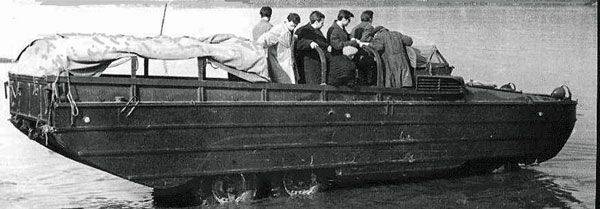
In October, 1950 carried out a large run (which was conceived as a State test) through the Crimea and the Caucasus: Kakhovka - Yevpatoria - Yalta - Theodosia - Kerch - Taman - Anapa - Temryuk and back (about 6 km). The Kerch Strait, then still not completely cleared of mines and sunken ships, was forced to swim. In the Kuban, they moved along the soil torn from the rain, where no other transport could pass. They made long-term swims in the fast Kuban, including at night (by the light of headlights) and against the current. On the way back, we went to the Kerch Strait in a strong storm. It was forbidden to force the strait in such weather. But the designers, headed by V. Grachev, who at such dangerous moments himself sat behind the wheel, closing the top of the car with a tarpaulin risked crossing the 4-km strait. According to eyewitnesses, the representative of the Ministry of Defense clutched his head - he was responsible! But V. Grachev only smiled at this - he believed in his car. And she did not let her down: she was good at snooping, the system coped well with the pumping of water that penetrated the holds, all the units worked smoothly.
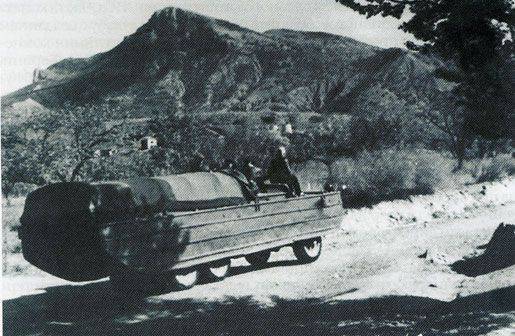
The following Interdepartmental tests of two machines were carried out in the spring of 1951 in the Leningrad Military District in the Yukholmäki area near Vyborg, on the Vuoksa River and neighboring lakes, which had sandy shores. Tests once again confirmed the correctness of the basic engineering solutions. The car turned out to be quite strong, agile, easy to drive, had a smooth ride and unprecedented up to that. According to this indicator, he had no equal among wheeled vehicles around the world, and almost did not concede tracked models. Due to the successful choice of transmission, suspension, tires, the average speed on all types of roads at that time was relatively high - up to 30 km / h, and on heavy off-road conditions - 10 km / h. The navigational qualities were also good. The powerful three-bladed propeller, located in a deep tunnel, provided high speed for water amphibians of this class - up to 10,5 km / h, as well as confident swimming against the current.
Amphibious own weight was 7250 kg with a carrying capacity on land 2500 kg, and on water - 3500 kg. At the same time, the so-called "car weight ratio", i.e., the ratio of carrying capacity to the car's own weight on land was 0, 34, and on water - 0,48. These data were not bad, but not ideal, which was due to a certain extent to the imperfection of the design of certain components and assemblies.
On the water, the minimum diameter of circulation (rotation) when driving at maximum speed and using the front wheels and the water wheel to rotate was 15 m.
For pumping out of the water case, the car was equipped with two pumps whose production capacity was up to 450 l / min. Also on the car was a manual sump pump, but with a small capacity. The fuel consumption of the 100 km on the highway was 47 l, on the water at 10 km / h - 30 l.
Certain flaws were also found during trials: in some modes of operation — going ashore with the maximum load — the engine overheated (later an additional water heat exchanger was introduced), a clutch and drive shafts (later they were strengthened), in some cases there was a shortage engine power (but then there was no other).
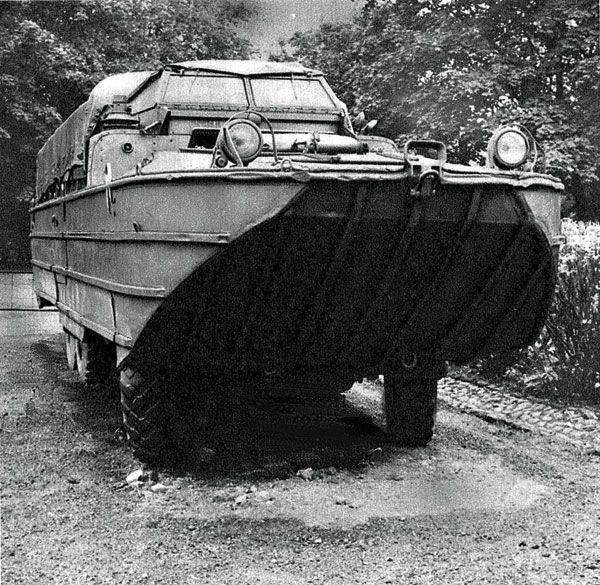
After these tests in April 1951, the creators of DAZ-485 (the head of the bureau of the buildings B. Komarovsky, the chief engineer of the plant G. Grigoriev, the lieutenant colonel G. Safronov (from the Engineering Committee of the Soviet Army), turner innovator I. Thor and chief designer V. Grachev) received the Stalin Prize. The plant began preparations for the release of a small series GAZ-485. A start was made on the 10 machines of the pilot lot. But trouble came from where it was not expected.
The Minister of Arms D. Ustinov was looking for an industrial base for the production of missiles, including the S. Korolev design. And here he is a twist of fate - Dnepropetrovsk Automobile Plant “liked” him. By the decree of the Council of Ministers of 9 in May, 1951 of DAZ was transferred to the defense industry and he received the number 586 (now it is “Southmash factory”) and the new designer M. Yangel.
Tight turns of fate
After the adoption of the P-1 missile and in the conditions of approaching the completion of the work on upgrading the P-2 missile, the problem of their mass production in mass quantities arose to increase the military potential of the country. At OKB-1 in Podlipki, there was a pilot plant for about ten thousand workers, but for mass production of missiles its capacity was insufficient, and the possibilities for expanding the plant were limited by territory. First, for the series, plant No. 66 in Zlatoust was under construction, built with 1949, but through the international situation, which was exacerbated (the so-called “Berlin crisis 1949”), the government decided to speed up the search for a new plant.
In order to select the appropriate factory for the mass production of rockets, at the end of 1950, a government commission was established headed by the Minister of Armaments, DF Ustinov. According to Ustinov, it was necessary to select a sufficiently powerful and promising plant from any department, preferably a relatively “young” one - to facilitate “expropriation” and reprofiling. The commission first visited the plant in Zlatoust, then visited Kiev (they say that N. S. Khrushchev protested at the expense of Kiev: "You can not declare the capital of Ukraine a closed city"), but later chose a young automobile plant in Dnepropetrovsk.
The city even in pre-war years became the center of metallurgical production of a full cycle. Around the plants were located suppliers of the necessary raw materials, there was a powerful energy base. The industrial center had a large number of skilled workers, there were many universities and technical schools, where it was possible to organize the training of relevant engineering and technical workers.
Joseph Stalin approved the choice of a government commission. The discussion did not last long. The minister of the automobile and tractor industry tried to timidly argue that the country needed trucks. At this, V. V. Stalin said that if we have rockets, then the trucks will probably be too, and if there are no rockets, then perhaps there will not be any trucks.
The fate of the Dnepropetrovsk plant was decided.
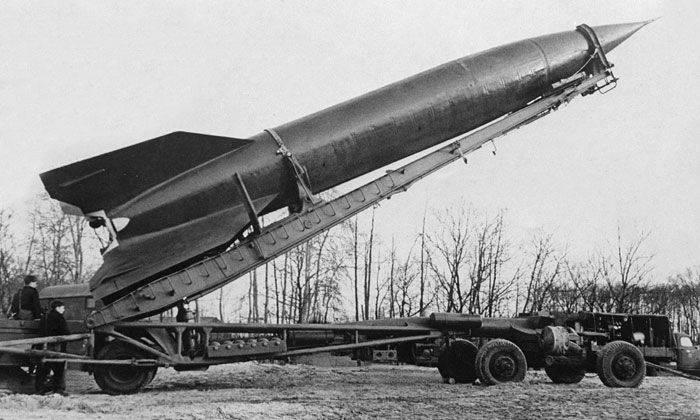
9 May 1951 of the USSR issued a Resolution of the Council of Ministers No. 1528-768 “On the transfer of the Dnepropetrovsk Automobile Plant to the Ministry of Arms of the Ministry of Automobile and Tractor Industry and the Dnepropetrovsk Tire Plant of the Ministry of Chemical Industry and their unification into the Dnepropetrovsk Machine Building Plant No. 586 of the Ministry of Arms”.
The very next day, Minister of Weapons No. 312 No. 10 dated May 1951 was issued:
In pursuance of the Resolution of the Council of Ministers of the USSR 9 May 1951 No. 1528-768 "On the transfer of the Dnepropetrovsk Automobile Plant to the Ministry of Armaments ...
I order:
1. Include Dnipropetrovsk engineering plant in the enterprises of 7-th Main Department.
2. For the acceptance of the plant, appoint a commission ... "
Dnepropetrovsk Automobile Plant becomes a secret rocket enterprise "mailbox number 186", the full name is the State Allied Plant number 586. The plant’s territory is surrounded by barbed wire, later replaced by a capital fence with electronic signaling, a strict access control regime is introduced, a special military unit is being created to protect the territory and assembly and test workshops. Since May 1951g. for many years, all mention of the Dnepropetrovsk Automobile Plant disappears from the press.
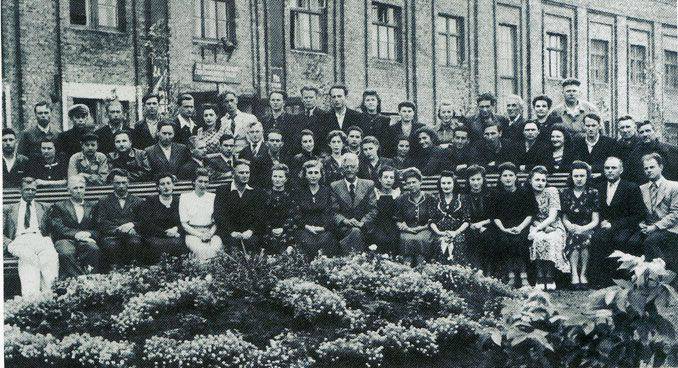
The team of automotive designers forcedly collapsed: someone went to Minsk, to a car factory; some returned to GAZ; most remained at the new plant and retrained as "rocket men." V. Grachev in June 1951 was invited to switch to the Moscow VMS as deputy chief designer and engage in new equipment. The mass production of 485 amphibians according to DAZ documentation was also transferred to the VMS: they were necessary for the engineering troops of the Soviet Army. Together with Grachev, two research DAZ-485 and GMC - 353 were transported to Moscow. In the new place, everything had to start virtually anew. But at ZIS they understood that such work is inevitable and can be obtained for its disruption “according to a cap”. Therefore, the plant threw considerable forces on the development of now ZIS-485. Engineer S. Deyev became the lead designer for the car.
In August, the 1951 special testing bureau was formed by 485 and a separate “closed” assembly shop was created. The results of this work soon made themselves felt: at the end of July 1952 were released the first four serial ZIS-485, and in August - already 17 machines. By the end of 1952, 100 machines were assembled, as planned. Subsequently, the release of ZIS-485 reached 285 - 286 units per year. The machine was mass-produced from 1952 to 1963 year. A total of about 1200 amphibians were manufactured.
At the beginning of 1953, the amphibious ZIS-485 (from June 1956, ZIL-485) under the symbol BAS (“Big Water Car”) began to enter the troops, where they were met very well. They have been used as self-propelled troopers, self-propelled ferries, transport vehicles capable of operating in various environments. Later, these machines (about 300 units in total) were used in the national economy. In a number of cases, they are still exploited, for example, as a trawler - an amphibian for fishing or transporting land and water by fishing brigades.
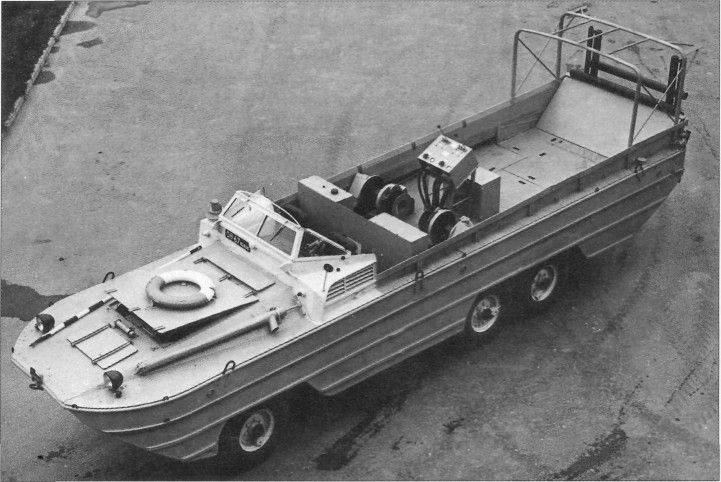
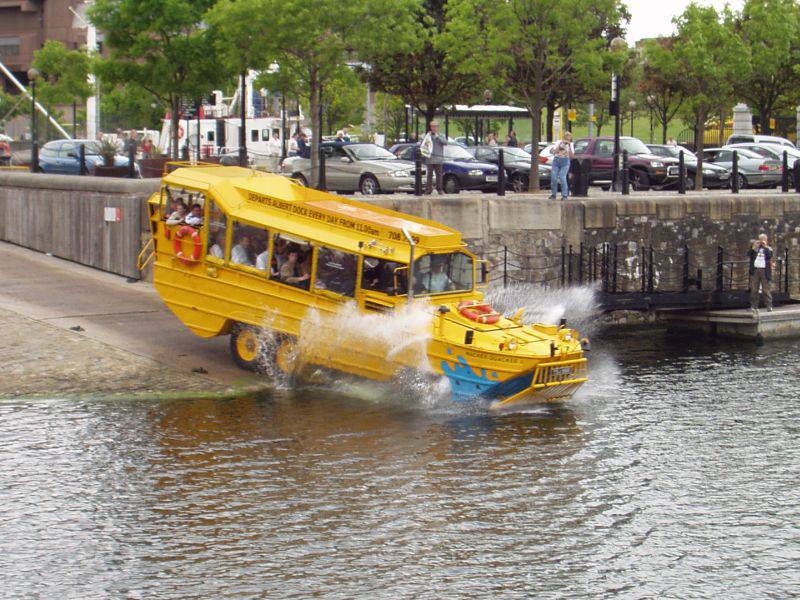
The appearance of the 1950 car in 485 caused a strong technical resonance in the Soviet automobile industry. The ideas embodied in it, had a great, revolutionary impact on improving the patency of wheeled vehicles and on the development of automotive technology in general. Since then, almost all domestic full drive vehicles of high cross (both general purpose and special 2 tonnage and above) have a similar transmission scheme. Mastering the mass production of such machines was the indisputable priority of the USSR, which was appreciated by experts all over the world.
2 table. Specifications amphibians BAS
Loading capacity, kg:
on land - 2500;
on the water - 3500.
Total weight (with crew and cargo), kg - 9850.
Dimensions (LxWxH), mm - 9533 x 22475 x 2635.
Clearance, mm - 289.
Turning radius on the ground, m - 10,44.
Maximum speed of the movement, km / h:
on paved roads - up to 75;
on the water - 10,8.
Area of loading platform, m2 - 10,44.
Power reserve, km:
on the highway - to 640;
on the water - up to 80 (8 h non-stop running).
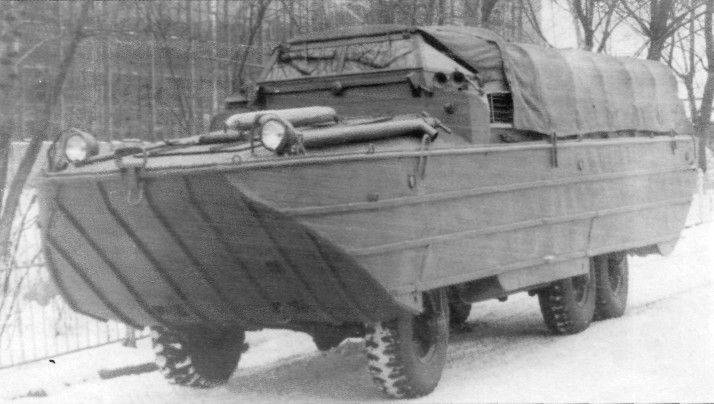
In conclusion, a few words about the chief designer V. Grachev.
Grachev Vitaly Andreevich (January 23 1903 - December 24 1978).
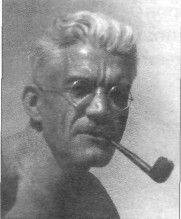
23 was born on January 1903 in Tomsk, in the family of the shipowner. Father, a native of the peasants, founded his own business mother worked zemstvo doctor. Vitaly Andreevich was the fifth child in a large family. He left the family early in an independent life.
From an early age he was interested in engineering, served as a technician in aviation parts then worked as a projectionist.
At 1923, he entered the Tomsk Institute of Technology, from which he was expelled in 1927 for "non-proletarian origin."
In December, 1931, being unemployed, was mobilized to the technical department of the Nizhny Novgorod Automobile Plant, which was just being built.
In 1936, driving a self-developed car, a lightweight all-terrain vehicle GAZ-AAAA, participated in the famous Karakum-Pamir motor rally en route Gorky-Pamir-Moscow.
V.A. Grachev managed to resist in the years of repression, and after the support of the People's Commissar Sergo Ordzhonikidze to begin independent design work.
In 1937, under his leadership, a three-axle GAZ-21 three-axle vehicle was developed on the basis of which a seven-seater passenger car and two armored cars were subsequently created.
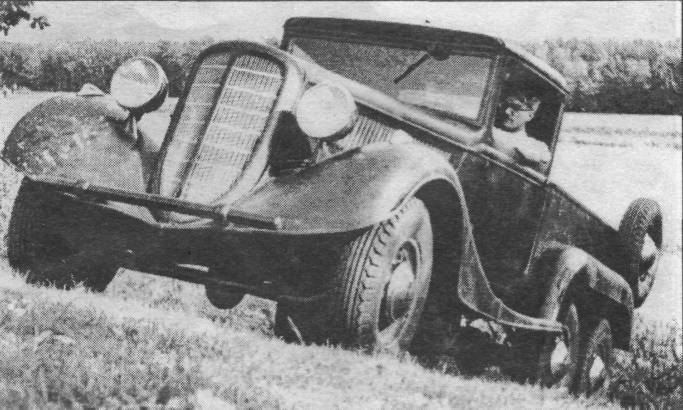
In 1938-1939 designs the first Soviet passenger all-terrain vehicle GAZ-61 (the first Soviet four-wheel drive vehicle), which to this day has remained unsurpassed in terms of dynamics and throughput for cars of this class. This car went into the series at the end of 1940's.
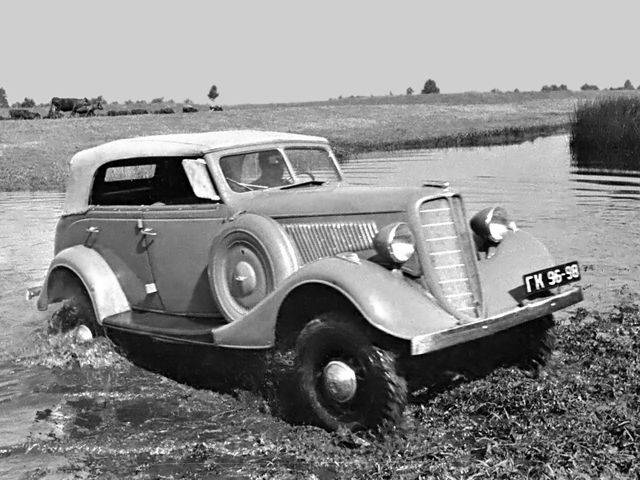
In 1941-1944 under his leadership, the GAZ-64 army jeep and BA-64 and BA-64B armored cars were developed at its base, the GAZ-67 vehicle, as well as the world's only self-propelled wheeled gun GAZ-68 (KSP-76) and other types of wheeled military vehicles .
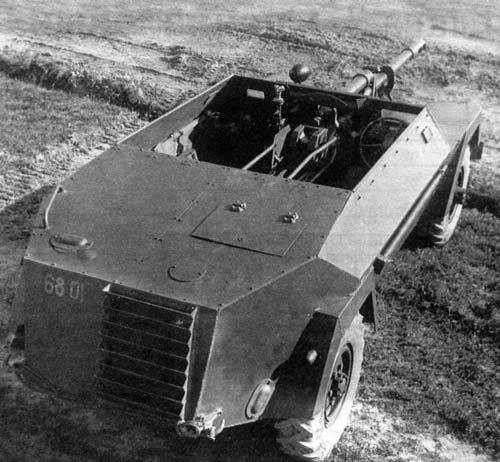
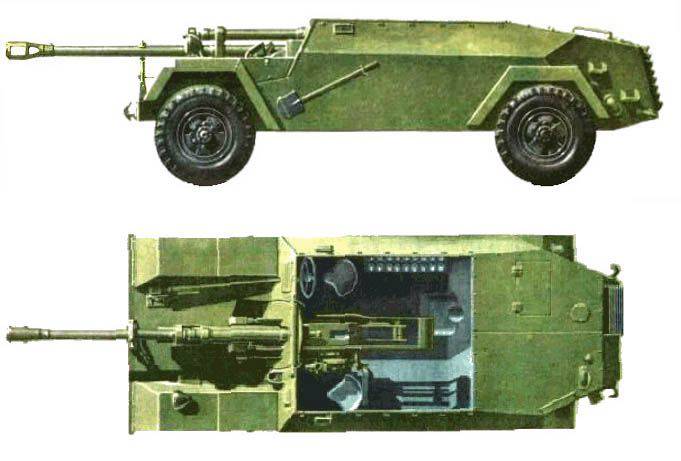
In September 1944 V.A. Grachev was appointed chief designer of the automobile plant in Dnepropetrovsk, where he created the army floating car GAZ-485 (BAS).
With 1951 he is the deputy chief designer, and with 1954. - Chief Designer of the Special Design Bureau of the I.V. Automobile Plant Stalin (later the plant named after IA Likhachev) in Moscow, was appointed on the initiative of the USSR Minister of War, Marshal of the Soviet Union G.K. Zhukov). Here, under his leadership, were created cars ZIL-157, ZIL-134, missile ZIL-135K (the world's only series chassis with two automatic transmissions), BTR-152A, BTR-152B, medium wheeled artillery tractors, multipurpose army transporters and installations on their base.
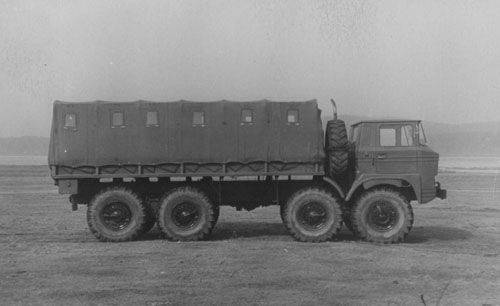
Vitaly Andreevich Grachev - the creator of the car ZIL-135l, on which it was possible to carry cargo that exceeds the weight of the car (for the first time in the world used plastic for the manufacture of the case). He created a snowmobile ZIL-167. To improve the maneuverability of the vehicles, the designer installed a jet engine on them, and used aircraft landing gear to increase maneuverability.
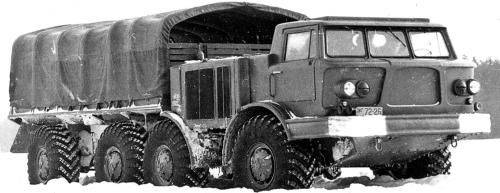
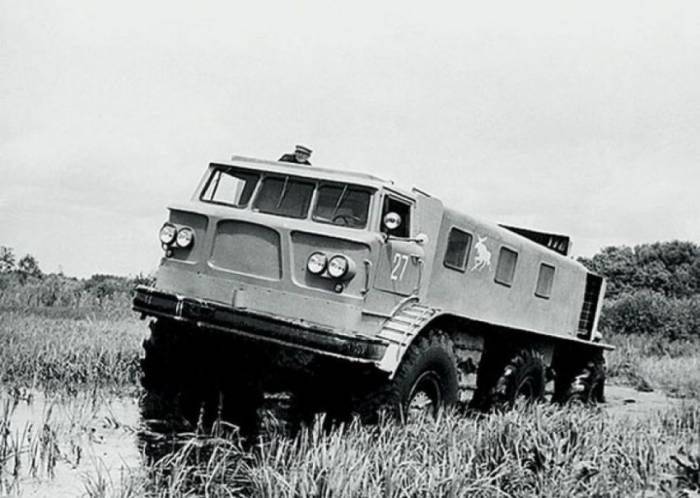
After the unsuccessful landing of the Vostok-2 spacecraft, which nearly ended in tragedy (19 March 1965, cosmonauts Pavel Belyaev and Alexey Leonov), at the suggestion of Sergey Korolev, Vitaly Andreevich began the development of a mobile search and rescue complex with absolute maneuverability of the ZIL machine- 49061 ("Blue Birds"), equipped with a direction-finding technique, which allowed in a short time to arrive at the place of landing astronauts, even in an area that was considered impassable.
Under the leadership of V.A. Grachev was created 88 new car designs, which provided the USSR with a leading position in the world in the field of cars for difficult conditions.
Awards:
- By decree of the USSR Council of People's Commissars No. 485 from 10.04.1942, Vitaly Andreevich Grachev was awarded the III degree Stalin Prize "For the development of new designs of the GAZ-64 vehicle and the BA-64 armored car".
- By the Decree of the Council of People's Commissars of the USSR No. 981 from 14.03.1951, he was awarded a Stalin Prize of III degree "for the creation of a new model car (three-axle amphibian GAZ-485)" as a member of the team.
- He was awarded the Order of Lenin, the Red Banner of Labor and medals.
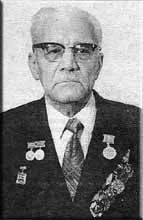
Sources:
http://avtomobili-rnd.ru/ ЗИС-485.
Prochko E. Wheel against off-road // Model-designer. - 1992, No. 9.
Prochko E. Large watercraft // Technique and armament. 1992. No. 3-4.
Soloviev V.P., Prochko E.I., Danilov R.G. Chief Designer. 100 anniversary of the birth of Vitaly Andreevich Grachev. - M .: MGIU, 2003. - 60 with.
Stepanov A.V. Floating machines. M .: Publishing house DOSAAF, 1975.
http://dp.vgorode.ua/news/transport_y_ynfrastruktura/251199-zahadky-ystoryy-dnepropetrovskyi-avtomobylnyi-zavod-y-mashyny-amfybyy.
http://www.telenir.net/tehnicheskie_nauki/avtomobili_sovetskoi_armii_1946_1991/p2.php#metkadoc57.
http://epizodsspace.no-ip.org/bibl/kb-ujn/01.html.
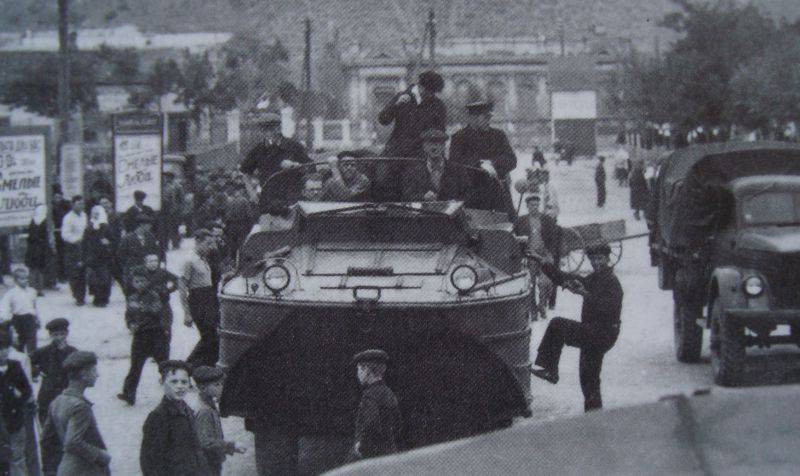
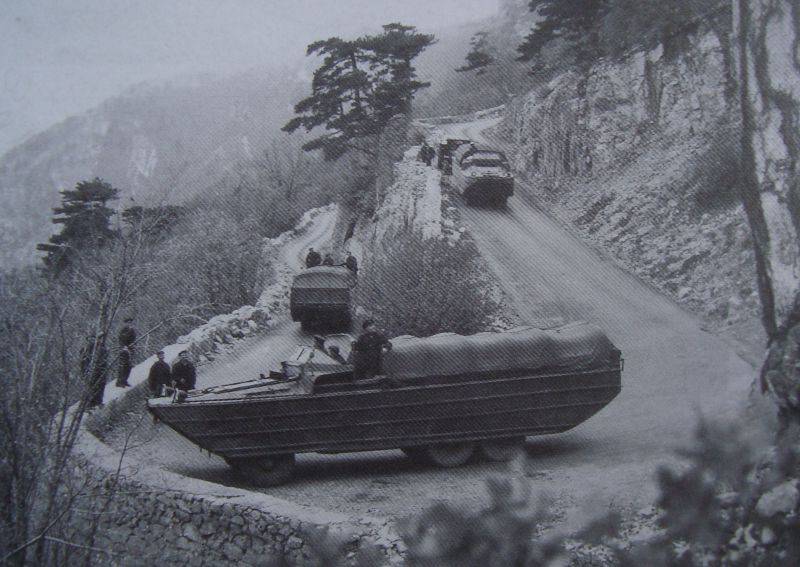
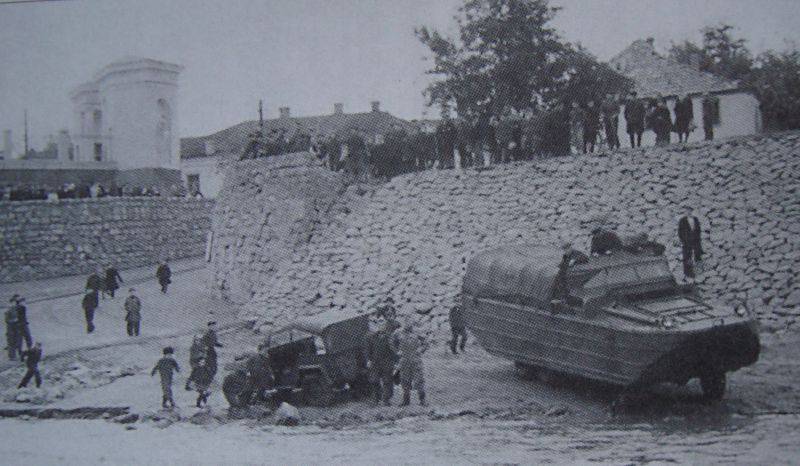
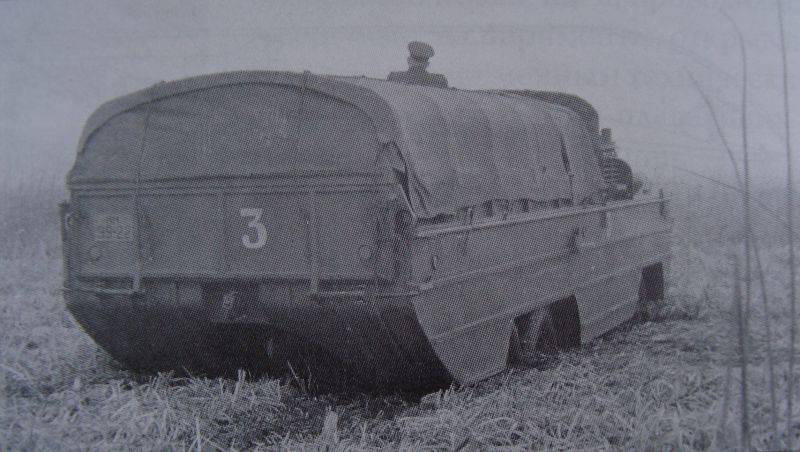
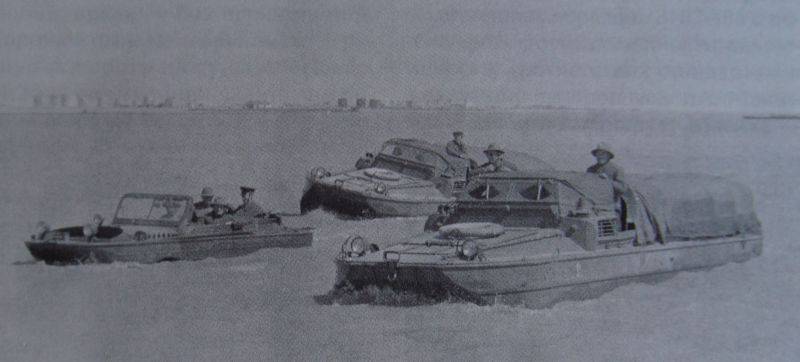
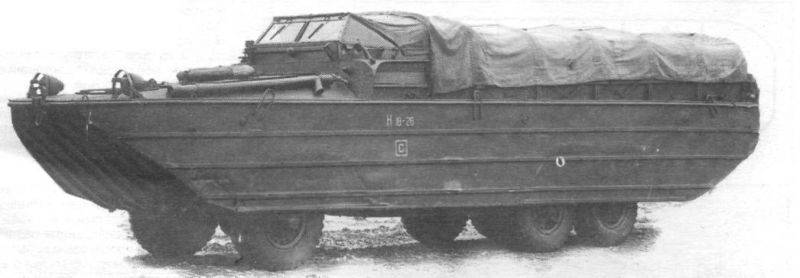
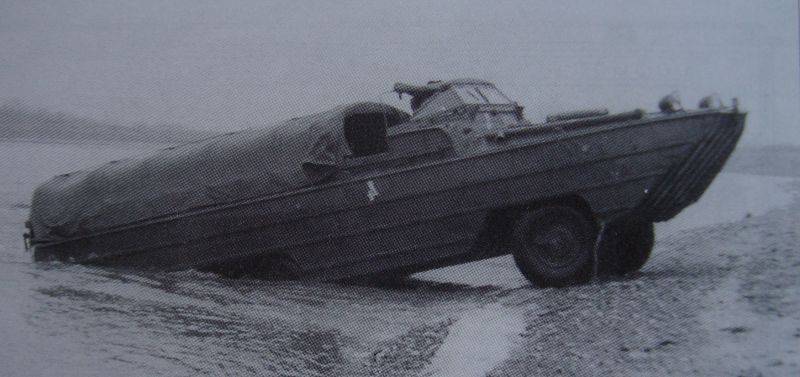
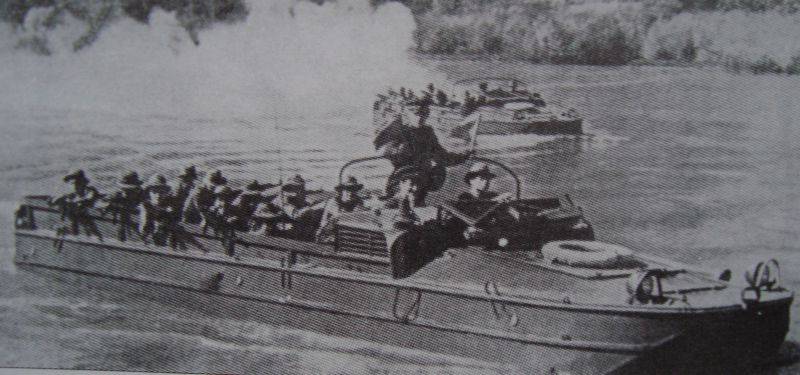
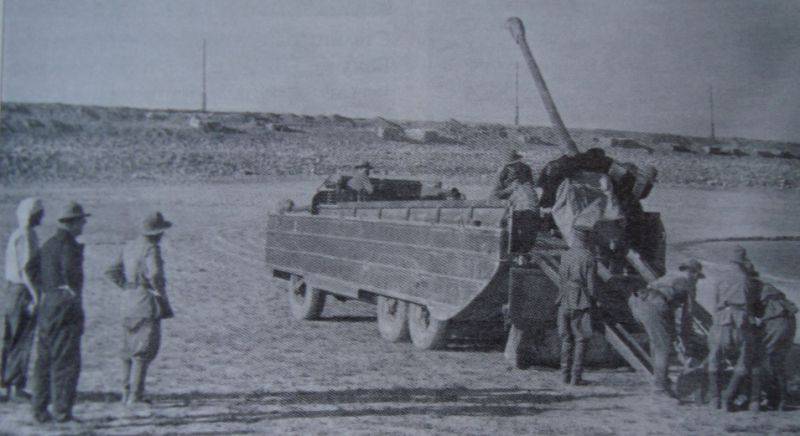
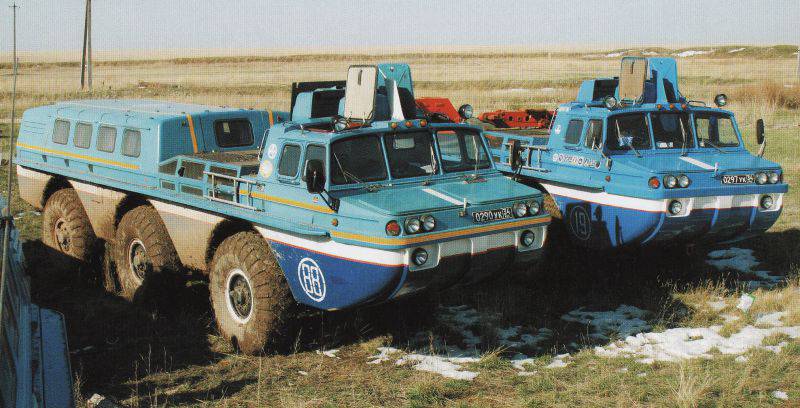
Information